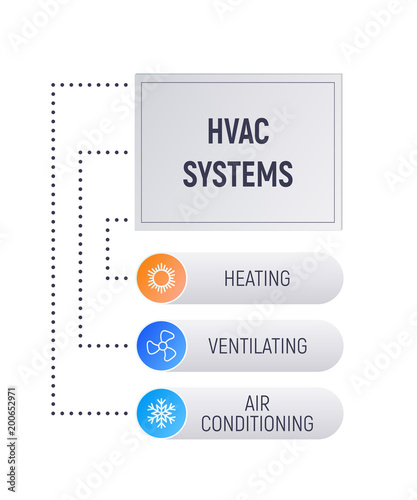The Future Of Home Heating - How Heat Pump Innovation Is Progressing
The Future Of Home Heating - How Heat Pump Innovation Is Progressing
Blog Article
Material By-Skaaning Kaae
Heat pumps will certainly be an important modern technology for decarbonising heating. In a scenario regular with governments' revealed energy and environment dedications, their international capacity doubles by 2030, while their share in heating rises to one-quarter.
They function best in well-insulated homes and count on electricity, which can be provided from a renewable power grid. Technological innovations are making them much more efficient, smarter and less costly.
Fuel Cells
Heatpump use a compressor, refrigerant, coils and followers to relocate the air and heat in homes and appliances. They can be powered by solar energy or electrical power from the grid. They have been getting appeal because of their inexpensive, peaceful operation and the ability to generate power throughout peak power need.
Some business, like IdaTech and BG MicroGen, are working on gas cells for home heating. These microgenerators can replace a gas central heating boiler and create some of a home's electric requirements with a link to the electrical energy grid for the rest.
Yet there are reasons to be hesitant of using hydrogen for home heating, Rosenow says. It would be costly and inefficient contrasted to other innovations, and it would certainly include in carbon exhausts.
Smart and Connected Technologies
Smart home modern technology allows house owners to connect and regulate their gadgets from another location with making use of mobile phone apps. For instance, smart thermostats can discover your home heating preferences and automatically adjust to optimize energy usage. Smart lights systems can be managed with voice commands and immediately switch off lights when you leave the space, decreasing power waste. And wise plugs can keep track of and handle your electrical use, permitting you to identify and limit energy-hungry home appliances.
The tech-savvy household shown in Carina's meeting is a good picture of how owners reconfigure space heating techniques in the light of brand-new wise home innovations. click now rely upon the tools' automatic attributes to perform everyday adjustments and concern them as a hassle-free ways of conducting their home heating techniques. As https://climatecontrolunit98653.dm-blog.com/29401361/exploring-the-environmental-advantages-of-warm-pumps-a-lasting-heating-service , they see no factor to adapt their methods further in order to make it possible for adaptability in their home power demand, and interventions aiming at doing so might encounter resistance from these families.
Electricity
Because heating up homes make up 13% of US emissions, a button to cleaner choices could make a big difference. But the innovation deals with difficulties: It's costly and requires comprehensive home improvements. And it's not always suitable with renewable resource resources, such as solar and wind.
Till recently, electric heat pumps were also costly to compete with gas models in most markets. Yet new developments in layout and products are making them extra inexpensive. And far better cool environment efficiency is allowing them to function well even in subzero temperatures.
The following action in decarbonising home heating might be making use of warmth networks, which attract warmth from a main source, such as a nearby river or sea inlet, and distribute it to a network of homes or structures. That would minimize carbon emissions and permit homes to benefit from renewable energy, such as eco-friendly power from a grid supplied by renewables. This choice would be less costly than switching to hydrogen, a nonrenewable fuel source that requires new infrastructure and would just lower CO2 emissions by 5 percent if paired with enhanced home insulation.
Renewable Energy
As electricity prices go down, we're beginning to see the exact same fad in home heating that has actually driven electrical automobiles into the mainstream-- however at an even faster rate. The solid climate case for electrifying homes has been pushed even more by new study.
Renewables represent a considerable share of contemporary warmth consumption, however have actually been offered minimal plan attention worldwide contrasted to various other end-use fields-- and also much less attention than electrical energy has. Partially, this mirrors a mix of consumer inertia, split motivations and, in lots of nations, aids for fossil fuels.
New technologies might make the shift simpler. For example, heat pumps can be made more energy effective by replacing old R-22 refrigerants with new ones that do not have the high GWPs of their predecessors. Some professionals also picture district systems that attract heat from a nearby river or sea inlet, like a Norwegian fjord. The cozy water can then be utilized for heating and cooling in an area.